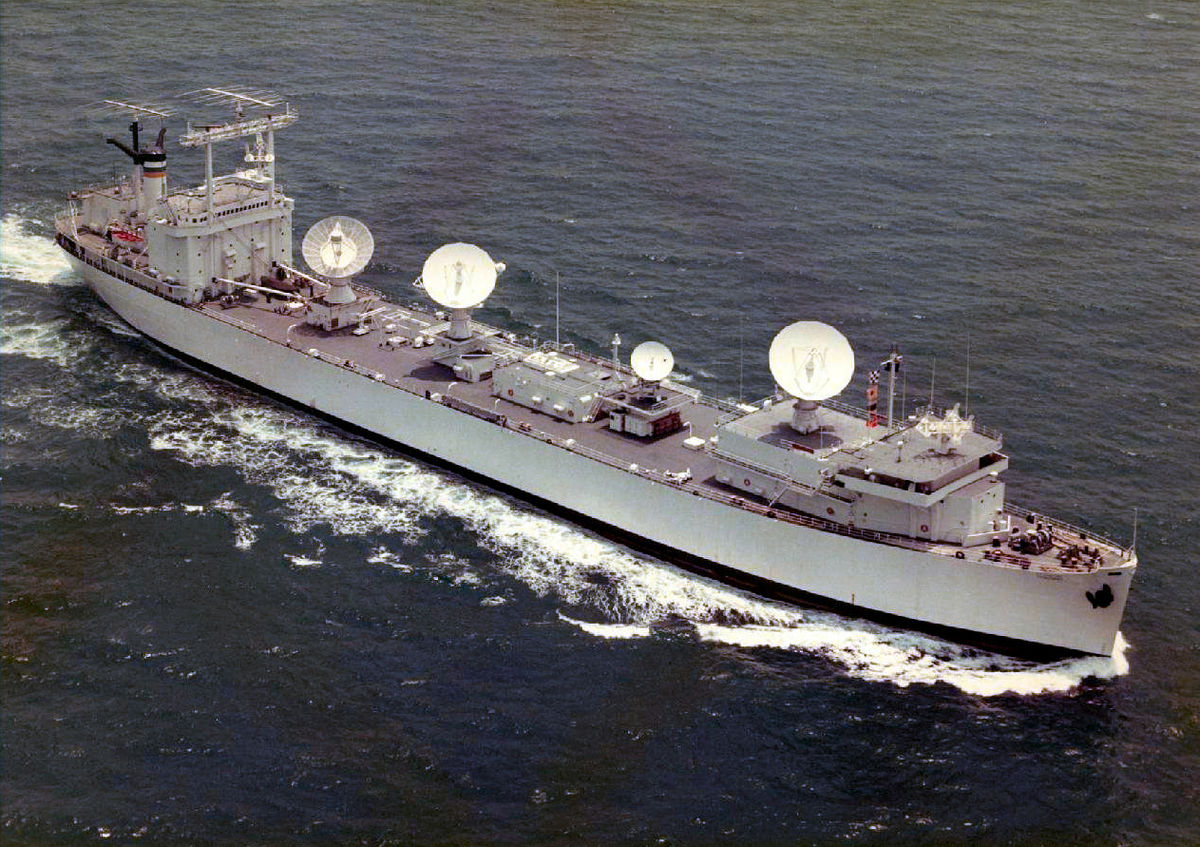Came across a cool orbit chart of Apollo 17 on Ebay. You might have seen these as they were drawn up by a subcontractor of NASA with given launch parameters which allowed calculation of the AOS and LOS times - that is the times they are expected to come into and out of contact of the various NASA ground stations during the first earth revolutions.
This one is for Apollo 17 for a December 6th 1972 launch date. Apollo 17 actually launched on December 7th, the cause of the 1-day delay being a failure of the sequencer to command pressurization of the S-IVB liquid oxygen tank.
The map measures roughly 3.5x1.5 feet and has that usual 1970s musty smell which it unleashed once unfurled into this beautiful diorama of orbital mechanics representation.

 The map shows the first tree Earth revolutions for launch azimuths 72 and 100 degrees (marked in between the tracks), when Apollo 17 launched a day later, the actual launch azimuth was around 82 degrees. The orbit tracks also feature boxes on them with the lapsed time since launch in hours/minutes notation which can be used to read the expected AOS and LOS contact times with the various ground sites.
The map shows the first tree Earth revolutions for launch azimuths 72 and 100 degrees (marked in between the tracks), when Apollo 17 launched a day later, the actual launch azimuth was around 82 degrees. The orbit tracks also feature boxes on them with the lapsed time since launch in hours/minutes notation which can be used to read the expected AOS and LOS contact times with the various ground sites.
 Tom Mladenov
Tom Mladenov
Discussions
Become a Hackaday.io Member
Create an account to leave a comment. Already have an account? Log In.